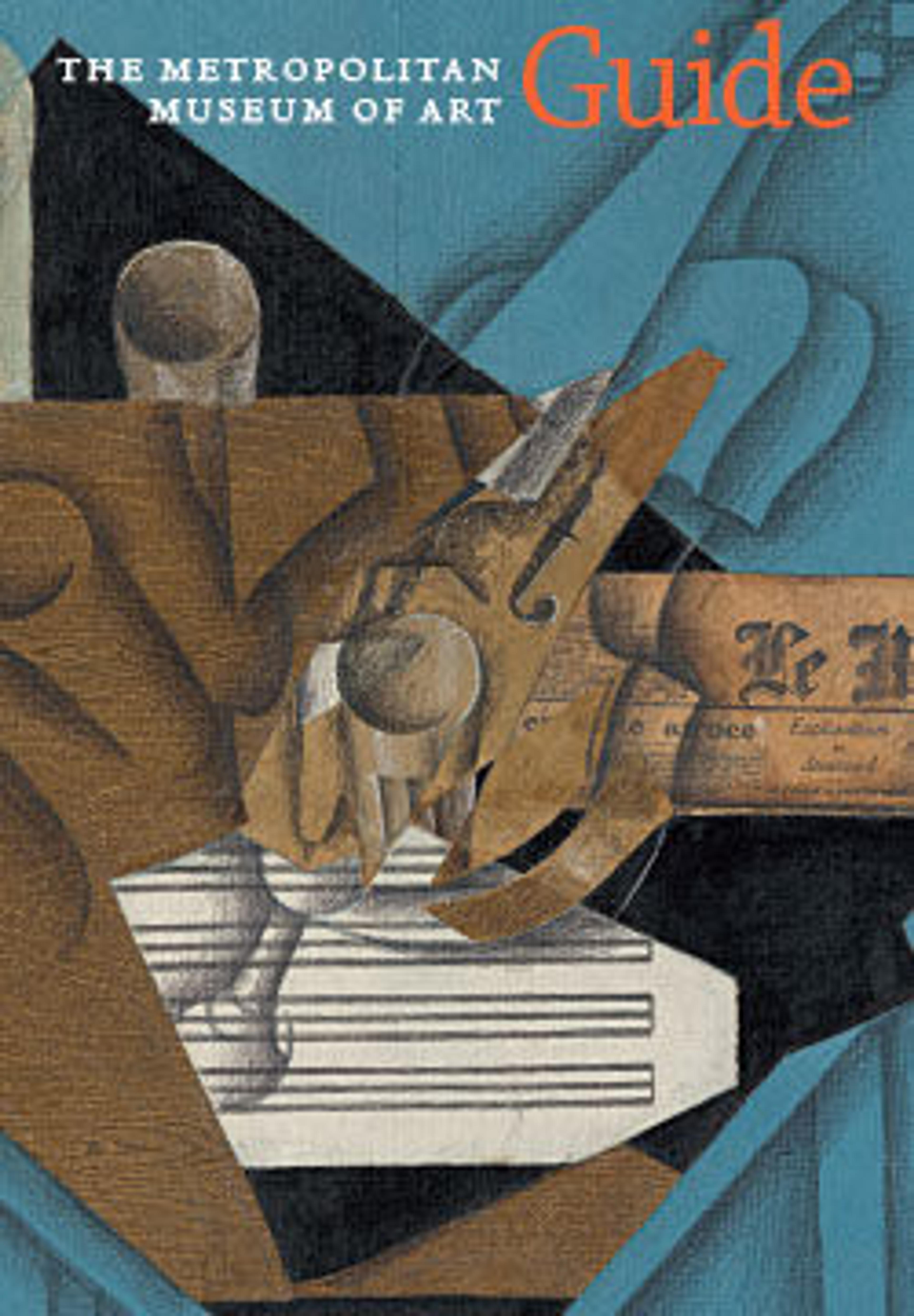English
Sofa
German émigré John Henry Belter—one of the most prolific and influential cabinetmakers of the 1850s—introduced technical innovations that revolutionized furniture making. His patented technique of plywood lamination, a process that used steam and pressure to bend and compress up to twenty-one layers of wood, dramatically increased the strength and flexibility of the material, allowing for extravagantly high, undulated forms. This bold sofa, with its sinuous curves and virtuosic carving and piercing, is an extraordinary example. It is a model of the French-inspired Rococo Revival style, which was favored for fashionable parlors throughout the United States.
Artwork Details
- Title:Sofa
- Maker:John Henry Belter (American, born Germany 1804-1863 New York)
- Maker:or J. H. Belter & Co. (1854–1865)
- Date:1850–60
- Geography:Made in New York, New York, United States
- Culture:American
- Medium:Rosewood, Rosewood veneer; chestnut, pine (secondary woods); modern upholstery with some original underupholstery
- Dimensions:53 1/4 x 66 x 25 in. (135.3 x 167.6 x 63.5 cm)
- Credit Line:Purchase, Friends of the American Wing Fund and Lila Acheson Wallace Gift, 1999
- Object Number:1999.396
- Curatorial Department: The American Wing
More Artwork
Research Resources
The Met provides unparalleled resources for research and welcomes an international community of students and scholars. The Met's Open Access API is where creators and researchers can connect to the The Met collection. Open Access data and public domain images are available for unrestricted commercial and noncommercial use without permission or fee.
To request images under copyright and other restrictions, please use this Image Request form.
Feedback
We continue to research and examine historical and cultural context for objects in The Met collection. If you have comments or questions about this object record, please contact us using the form below. The Museum looks forward to receiving your comments.
